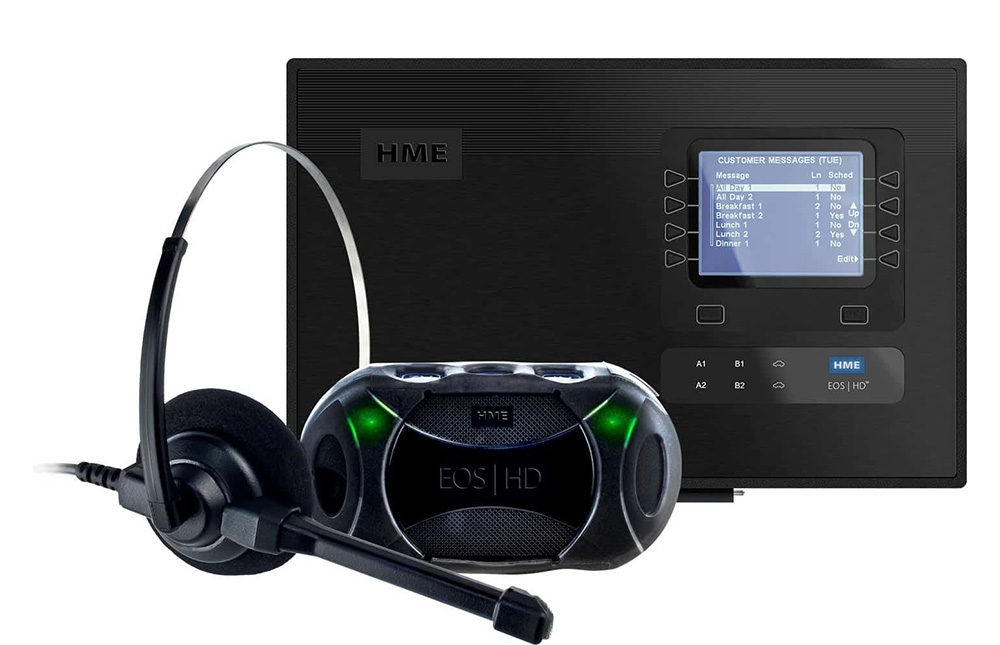The following provides guidelines and recommendations for the routine cleaning and sanitizing of HME equipment. These guidelines apply to external equipment surfaces only and do not apply to internal electrical / electromechanical surfaces. Some external equipment surfaces may not be accessible, such as small cracks and crevices, and, therefore, sanitization of the total surface area of equipment may not be attainable.

The Goal of Sanitization:
According to the CDC, "sanitization" lowers the number of germs on surfaces or objects to a safe level; it does not eradicate all germs.
A) Safety:
If possible, turn off equipment. Precautions should be taken when cleaning, such as wearing gloves and ensuring proper ventilation.
B) Do Not Use:
Harsh or abrasive cleaners of any kind as HME equipment contains materials and surfaces that may be damaged or deteriorate prematurely.
Cleaners to Avoid
- Glass cleaner
- Nail polish remover or any acetone-based solution
- Ammonia-based cleaners
- Hydrogen peroxide cleaners
- Bleach-based cleaners
- Abrasive or powered cleaners
- Disinfectant wipes
C) Do Use:
A solution of one-part Isopropyl Alcohol and one-part water (preferably distilled). Once alcohol concentrations drop below 50%, usefulness for sanitizing drops sharply. Notably, alcohol concentrations above 50% do not increase usefulness for sanitizing.
D) Proper Cleaning:
- Turn Off and Disconnect the device before you start cleaning and give it a wipe with a dry microfiber cloth to remove dust and dirt.
- DO NOT spray anything directly onto HME equipment.
- As You Wipe, the water-isopropyl solution should always be sprayed onto a microfiber cloth, then rubbed on the device. Make sure the cloth is damp but not wet.
- Take Care to avoid too much pressure and use a smooth, steady pressure to avoid damaging buttons, keys, displays or surfaces.
E) Replacement Accessory Parts:
- Replace any foam parts such as earpads as necessary, call the number below to order.
NOTE:
This technical bulletin is intended to serve as a practical guideline for keeping HME equipment clean and sanitized. HME does not claim or guarantee that cleaning and sanitizing HME equipment in this way will protect the user of the equipment from any virus, bacteria or other pathogen. Medical concerns should be directed to health care professionals.
Call 800-848-4468 for more information